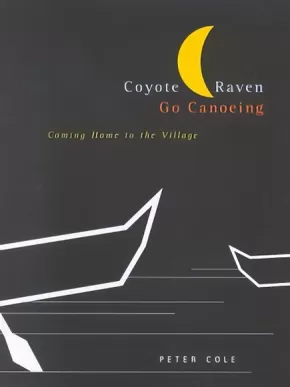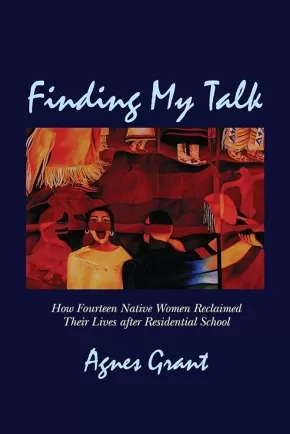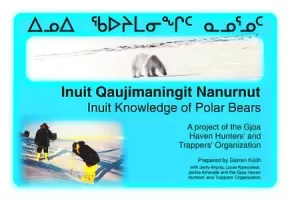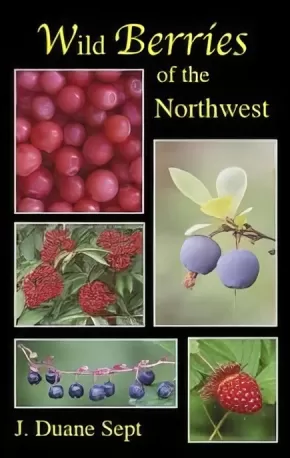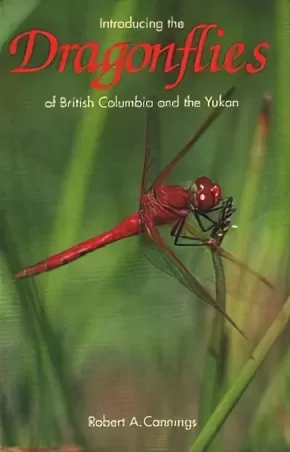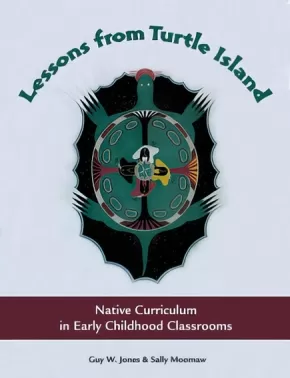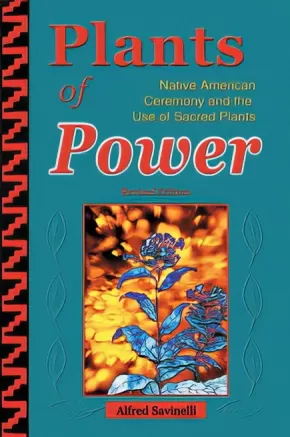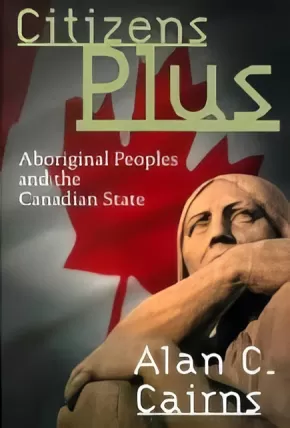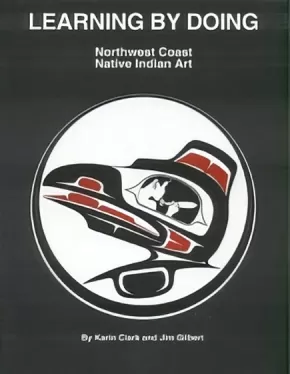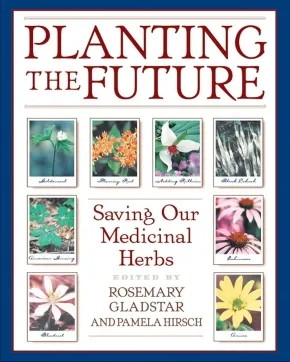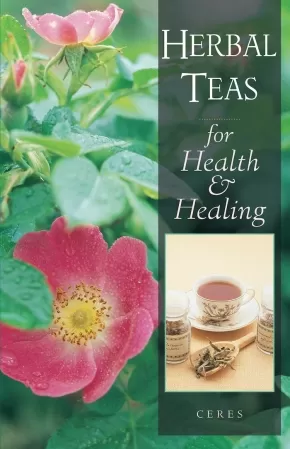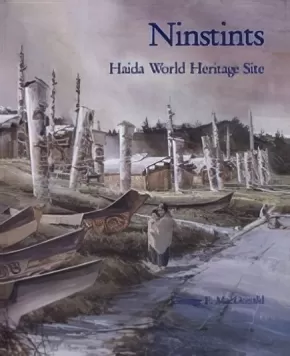
ON SALE
61
-
75
of
76 Results;
Sort By
Go To
of 6
Sales apply to IN-STOCK books only - quantities are provided in the book's title when possible.
The Power to Prevent Suicide: A Guide for Teens Helping Teens (3 in stock) - ON SALE
$16.50 $21.99
Format:
Paperback
ISBN / Barcode: 9781575422060
Synopsis:
Synopsis:
When teens consider suicide, they often tell other teens-if not always directly, then in other ways. Updated with new facts, statistics, and resources, this book gives teens the information and insight they need to recognize the risk and respond appropriately. It spells out the warning signs, guides teens through the steps of reaching out to a friend, and explains when and how to seek help. It also suggests ways for teens to help themselves when they're feeling stressed or depressed.
The Tipi: Traditional Native American Shelter (1 in stock) - ON SALE!
$17.00 $21.95
Format:
Paperback
Text Content Territories:
Indigenous American; Indigenous Canadian;
ISBN / Barcode: 9781570671746
Synopsis:
Synopsis:
This amazing collection of vintage photographs and historical text presents an overall view of tipi life, from the painted tipis of the Blackfoot and Shoshone in the Southwest to Ojibwa hunting lodges in Canada. Includes instructions on how to construct a tipi.
Additional Information
112 pages | 9.28" x 7.51"
Coyote and Raven Go Canoeing: Coming Home to the Village (2 in stock) - ON SALE
$22.00 $32.95
Format:
Paperback
Text Content Territories:
Indigenous;
Grade Levels: University/College;
ISBN / Barcode: 9780773529137
Synopsis:
Synopsis:
A lyrical, epic narrative about Aboriginal knowledge and education.
we are narrators narratives voices interlocutors of our own knowings
we can determine for ourselves what our educational needs are
before the coming of churches residential schools prisons
before we knew how we knew we knew
In a gesture toward traditional First Nations orality, Peter Cole blends poetic and dramatic voices with storytelling. A conversation between two tricksters, Coyote and Raven, and the colonized and the colonizers, his narrative takes the form of a canoe journey. Cole draws on traditional Aboriginal knowledge to move away from the western genres that have long contained, shaped, and determined ab/originality. Written in free verse, Coyote and Raven Go Canoeing is meant to be read aloud and breaks new ground by making orality the foundation of its scholarship.
Cole moves beyond the rhetoric and presumption of white academic (de/re)colonizers to aboriginal spaces recreated by aboriginal peoples. Rather than employing the traditional western practice of gathering information about exoticized other, demonized other, contained other, Coyote and Raven Go Canoeing is a celebration of aboriginal thought, spirituality, and practice, a sharing of lived experience as First Peoples.
Reviews
"One of the clearest and most thorough pictures of an aboriginal view of the consequences of colonization that I have ever read."— Olive Dickason, emeritus, York University
"In the tradition of Gayatri Spivak, Homi Bhabha, Edward Said, Trinh Min-Ha, and other radically original intellectuals, Cole risks a new language to talk about the unthinkable."— Mary Bryson, Department of Educational and Counselling Psychology, University of British Columbia
Additional Information
352 pages | 7.00" x 9.50"
Finding My Talk: How Fourteen Canadian Native Women Reclaimed Their Lives After Residential School (11 in Stock) - ON SALE
$15.00 $19.95
Format:
Paperback
Text Content Territories:
Indigenous Canadian;
ISBN / Barcode: 9781894856577
Synopsis:
Synopsis:
When residential schools opened in the 1830s, First Nations envisioned their own teachers, ministers, and interpreters. Instead, students were regularly forced to renounce their cultures and languages and some were subjected to degradations and abuses that left severe emotional scars for generations. In Finding My Talk, fourteen aboriginal women who attended residential schools, or were affected by them, reflect on their experiences. They describe their years in residential schools across Canada and how they overcame tremendous obstacles to become strong and independent members of aboriginal cultures and valuable members of Canadian society. Biographies include: Eleanor Brass, Journalist, Plains Cree, Saskatchewan, Rita Joe, Poet/Writer, Mi?kmaq, Nova Scotia, Alice French, Writer, Inuit, Northwest Territories Shirley Sterling, School Administrator/Storyteller, Nlakapmux, British Columbia, Doris Pratt, Education Administrator/Language Specialist, Dakota, Manitoba, Edith Dalla Costa, School Counsellor, Woodland Cree, Alberta, Sara Sabourin, Community Worker, Ojibway, Ontario. Dr. Agnes Grant worked with the Native Teacher Training programs at Brandon University, Manitoba, for thirty years. As an administrator and professor, she spent much of her time in remote communities. Dr. Grant is the author of No End of Grief: Indian Residential Schools in Canada and three other books. She lives in Winnipeg.
Authenticity Note: This book has received the Authentic Indigenous Text label because of the contributions of the fourteen Indigenous women who share their stories in it. It is up to readers to determine if this will work as an authentic text for their purposes.
Inuit Qaujimaningit Nanurnut: Inuit Knowledge of Polar Bears: A Project of the Gjoa Haven Hunters' and Trappers' Organization (2 in Stock) - ON SALE
$19.00 $25.00
Format:
Paperback
Text Content Territories:
Indigenous Canadian; Inuit;
ISBN / Barcode: 9781896445328
Synopsis:
Synopsis:
Inuit have been hunting polar bear for centuries and have built up a rich knowledge about their habitat and behaviour-a knowledge expressed in the oral history, Inuktitut vocabulary and cultural traditions- in Inuit Qaujimaningit, or IQ. The Hunters' and Trappers' Organization of Gjoa Haven, Taloyoak, Kugaaruk and Cambridge Bay share concerns over the future viability of the polar bear population in the McClintock Channel Polar Bear Management Area and about the future integrity of the related IQ. The objective was to record and communicate, as accurately as possible, the IQ of Gjoa Haven residents related to polar bears. The lessons learned from this study will enable application as a model for studies of a similar nature elsewhere.
Wild Berries of the Northwest: Alaska, Western Canada & the Northwestern United States (3 in Stock) - ON SALE!
$12.00 $14.95
Format:
Paperback
ISBN / Barcode: 9780973981933
Synopsis:
Synopsis:
The Northwest is an area rich in vegetation, including many types of berries and other fruits. Not all of them are edible, and this guide will help you to distinguish those you can eat from those that are poisonous.
Introducing the Dragonflies of British Columbia and the Yukon (2 in Stock) - ON SALE!
$12.00 $14.95
Format:
Paperback
ISBN / Barcode: 9780772646378
Synopsis:
Synopsis:
Birding and butterfly watching have been popular outdoor activities for decades. Now, dragonfly watching is catching on as a fascinating and enjoyable pursuit. Dragonflies are large, colourful insects with amazing and easily observed behaviour. Noted entomologist Dr Robert Cannings introduces students, naturalists and outdoor enthusiasts to the world of dragonflies. In this compact book, he shows readers where to find dragonflies and how to watch and study them in the field.
In the introduction, Dr Cannings outlines the natural history of these insects - their structure, life cycles, habitats and behaviour. Then he describes the 88 species known in British Columbia and the Yukon, noting habitat preferences and distribution. To make identification easy, each description has one or more colour photographs and comparisons with similar species.
Lessons from Turtle Island (15 in Stock) - ON SALE
$30.77 $43.95
Format:
Paperback
Text Content Territories:
Indigenous American; Indigenous Canadian;
ISBN / Barcode: 9781929610259
Synopsis:
Synopsis:
The first comprehensive guide to addressing Native American issues in teaching children.
Create a curriculum that reflects and honors the diversity of all people," Lessons from Turtle Island "explores Native American issues in preschool and early primary education. The authors-one Native, one white-offer guidelines for learning experiences that move children beyond embedded stereotypes.
Educator Information
"This is a great resource for those who are just beginning to work with Indigenous children and are concerned about teaching with authenticity. This resource very firmly guides educators through what is considered appropriate, and what isn't, from an Indigenous perspective in the classroom. Therefore it could be easily taken the wrong way and I would recommend that while using this resource that you openly have conversation with your Indigenous Education staff about what you're reading. Currently several of the Indigenous titles are out of print but they are such well known books that they likely can be found in your DRC." -Terri Mack
Age focus: 3 to 8
Plants of Power: Native American Ceremony and the Use of Sacred Plants (9 in Stock) - ON SALE!
$13.50 $16.95
Format:
Paperback
Text Content Territories:
Indigenous American; Native American;
Reading Level: N/A
ISBN / Barcode: 9781570671302
Synopsis:
Synopsis:
This comprehensive guide to the sacred plants traditionally used by Native Americans and other Indigenous peoples presents 14 significant plants, with information on their properties, growing conditions, and medicinal applications (incense cedar, red cedar, copal, juniper, lavender, mugwort, osha, pinon, white sage, desert sage, sweet grass, ceremonial tabacco, red willow bark and yerba santa). Descriptions of Native American ceremonies and rituals in which these plants play a central role are included.
Citizens Plus: Aboriginal Peoples and the Canadian State (2 in Stock) - ON SALE!
$35.00 $46.95
Format:
Paperback
Text Content Territories:
Indigenous Canadian;
ISBN / Barcode: 9780774807685
Synopsis:
Synopsis:
In Citizens Plus, Alan Cairns unravels the historical record to clarify the current impasse in negotiations between Aboriginal peoples and the state. He considers the assimilationist policy assumptions of the imperial era, examines more recent government initiatives, and analyzes the emergence of the nation-to-nation paradigm given massive support by the Royal Commission on Aboriginal Peoples. We are battered by contending visions, he argues – a revised assimilation policy that finds its support in the Canadian Alliance Party is countered by the nation-to-nation vision, which frames our future as coexisting solitudes. Citizens Plus stakes out a middle ground with its support for constitutional and institutional arrangements which will simultaneously recognize Aboriginal difference and reinforce a solidarity which binds us together in common citizenship. Selected as a BC Book for Everybody.
Learning By Doing: Northwest Coast Native Indian Art
$24.95
Format:
Paperback
Text Content Territories:
Indigenous American; Indigenous Canadian;
ISBN / Barcode: 9780969297918
Synopsis:
Synopsis:
This book contains step-by-step instructions and illustrations on the basics of drawing, designing, painting and carving in the Pacific Northwest Coast Native Indian art style.
Planting the Future: Saving Our Medicinal Herbs (2 in Stock) - ON SALE!
$28.75 $35.95
Editors:
Format:
Paperback
ISBN / Barcode: 9780892818945
Synopsis:
Synopsis:
Voted one of the Top 10 books in 2000 by the Vermont Book Publishers Association.
A collective endeavor by United Plant Savers, featuring America's most respected and well-known herbalists.
Contributors include Don Babineau, Tim Blakley, Mark Blumenthal, Jane Bothwell, Stephen Harrod Buhner, David Bunting, Richo Cech, Tane Datta, Shatoiya and Rick de la Tour, Ryan Drum, Doug Elliott, Steven Foster, Cascade Anderson Geller, Kate Gilday, Rosemary Gladstar, James Green, Pamela Hirsch, Christopher Hobbs, Sara Katz, Kathi Keville, Robyn Klein, Richard Liebmann, Brigitte Mars, Pam Montgomery, Nancy and Michael Phillips, Janice J. Schofield, Joanne Marie Snow, Deb Soule, Paul Strauss, Gregory L. Tilford, Krista Thie, Susun S. Weed, David Winston, Martin Wall, Matthew Wood.
While the renaissance in the U.S. botanical market is positive in many respects, medicinal plant populations are suffering from loss of habitat and overharvesting, and many bestselling herbs are now at risk including echinacea, American ginseng, goldenseal, Hawaiian wild kava, and wild yam. The authors share their extensive experience with using and growing thirty-three of these popular herbs and include suggestions for creating your own private herbal sanctuary--whether a city balcony, suburban backyard, or rural retreat. Full-color photographs will inspire experienced and novice herb users alike to protect and cultivate these remarkable healing plants. Readers will also find out how to use herbal analogues for at-risk plants--other medicinal herbs that provide the same benefits and exist in plentiful amounts--and learn ways to make their herbal purchases a vote for sustainability. Planting the Future shows us how we can participate in the land stewardship, habitat protection, and eco-friendly consumption that will ensure an abundant, renewable supply of medicinal plants for future generations.
All author royalties will be used for replanting native medicinal herbs on a 370-acre botanical sanctuary in Ohio.
Herbal Teas for Health & Healing (6 in Stock) - ON SALE!
$11.50 $14.50
Format:
Paperback
ISBN / Barcode: 9780892816460
Synopsis:
Synopsis:
Herbal teas have their own characteristic virtues. Some are slightly stimulating, others are soothing and induce quiet sleep or act as tranquilizers. Many are tonics that can bring an "out-of-gear" system back to complete health. The author describes a wide range of tea-making herbs and gives instructions for their preparation and use.
New edition of the classic best-seller.
Additional Information
96 pages | 5.00" x 7.75"
Eagle Transforming: The Art of Robert Davidson (6 in Stock) - ON SALE
$33.75 $45.00
Artists:
Format:
Hardcover
Text Content Territories:
Indigenous Canadian; First Nations; Haida;
Grade Levels: University/College;
ISBN / Barcode: 9780295973715
Synopsis:
Synopsis:
Ulli Steltzer, a distinguished photographer, takes the reader into the carving shed and studio to see Robert Davidson as he creates both monumental poles and intricately detailed powerful masks. More than 100 of her black-and-white photographs, reproduced in duotone, record both the evolution of Davidson and his art, from the early days up to the present, a span of 25 years. In the accompanying text and captions, Robert Davidson writes movingly about growing up Haida and his development as an artist, describes the creative and practical process of carving poles and masks, and discusses the place of art in Haida culture.
An introduction by Aldona Jonaitis assesses Robert Davidson's place in the world of art. Robert Davidson has produced an internationally acclaimed body of art, in particular a number of large totem poles and masks in collections in Canada and the United States, including the Southwest Museum in Los Angeles, the National Gallery of Canada, the Canadian Museum of Civilization, and the Vancouver Art Gallery.
Ninstints: Haida World Heritage Site (2 in Stock) - ON SALE!
$16.00 $21.95
Format:
Paperback
Text Content Territories:
Indigenous Canadian; First Nations; Haida;
ISBN / Barcode: 9780774801638
Synopsis:
Synopsis:
Breathtaking photographs make this volume an unforgettable visual experience. Individual works of superlative Northwest Coast Indian art appear on large pages, their colors vivid against black backgrounds. Most startling and awe inspiring are the many masks, made of wood and other materials, that represent animal spirits and shamans; for instance, the gorgeous thunderbird transformation mask with its dark, curved beak and red feathers, which is shown closed and then open to reveal the metamorphosed turquoise human face within. Other photos display detailed carvings on boxes, utensils, and even houses. The detailed text is well wrought, both academically solid and accessible. But it is the photographs that make one gasp with admiration.
Sort By
Go To
of 6




